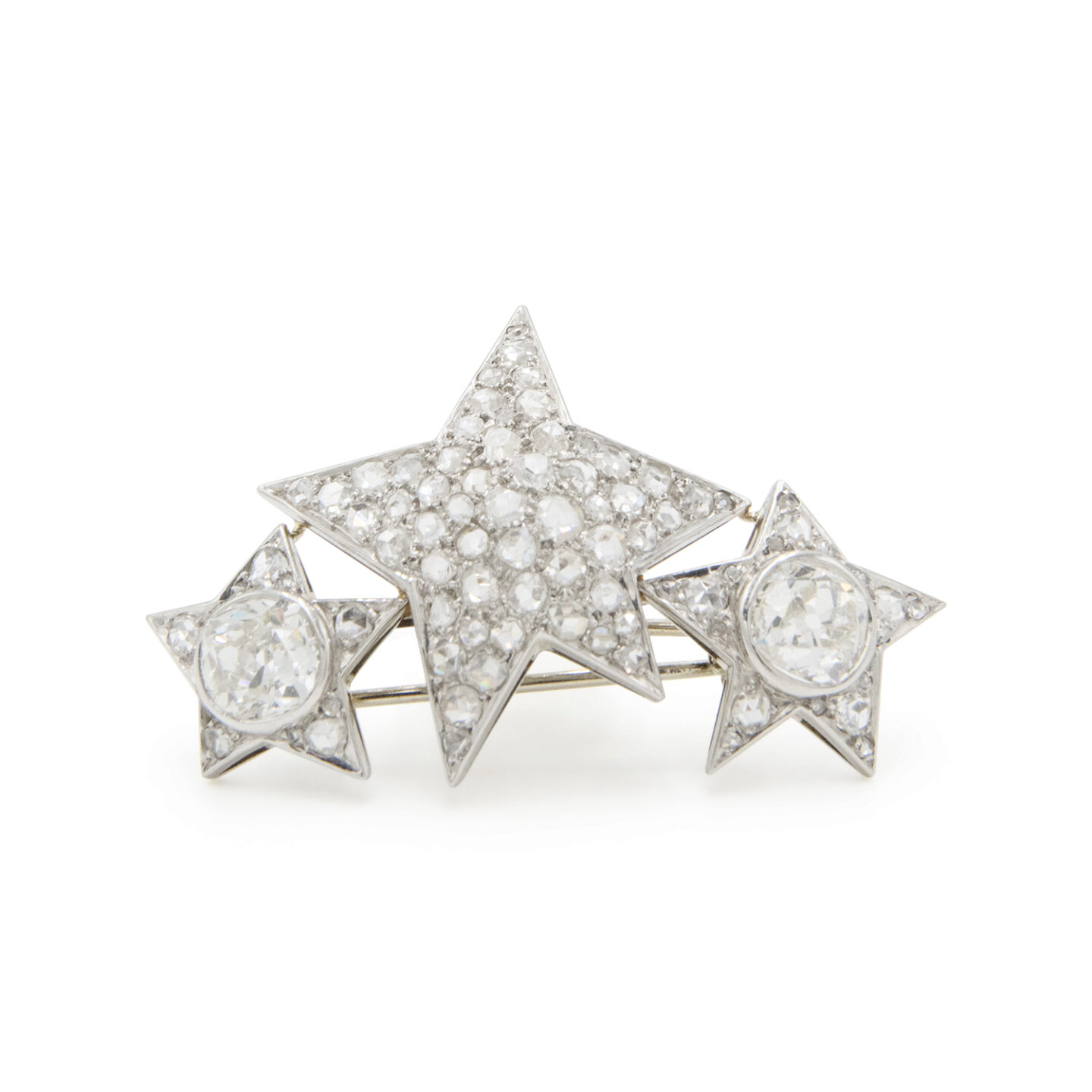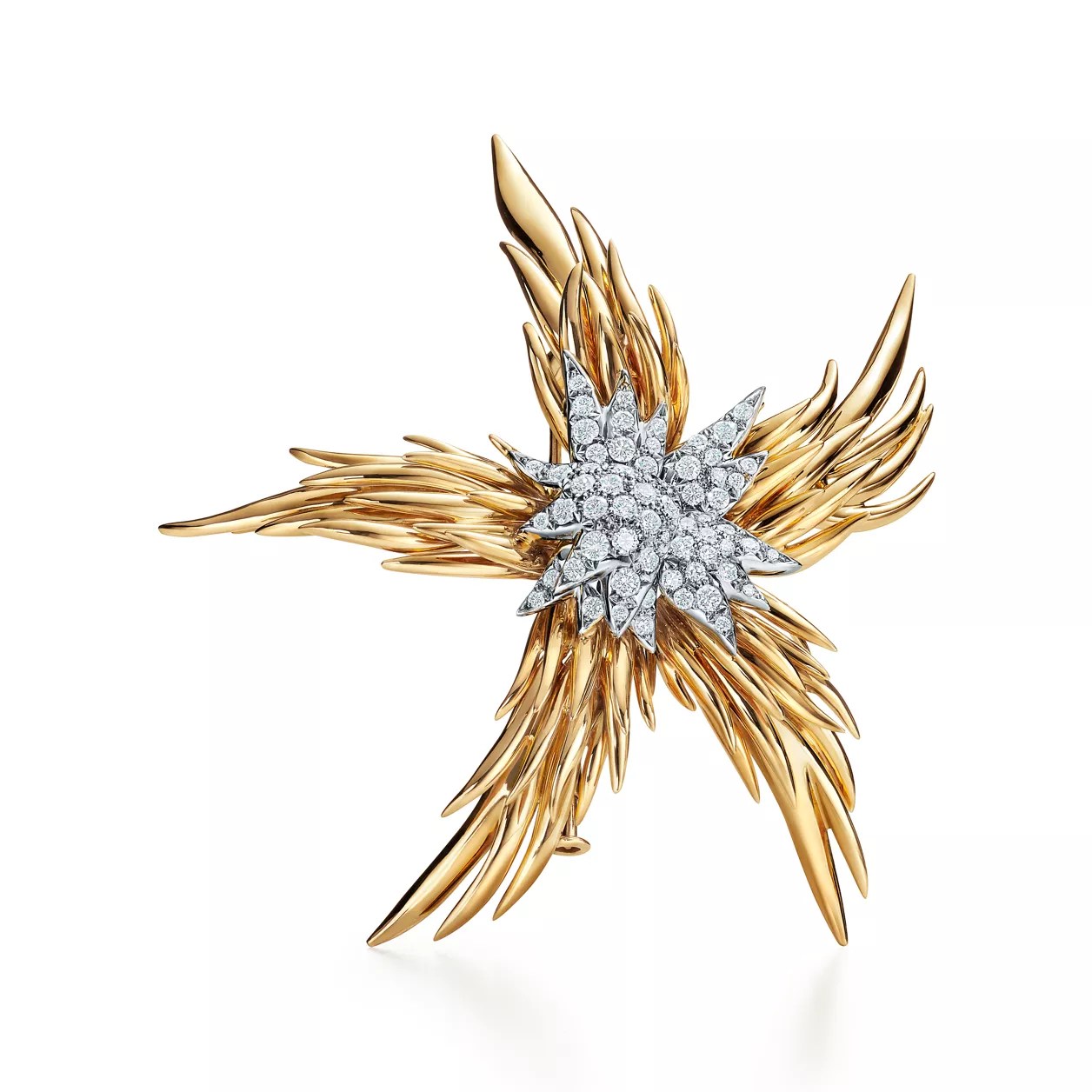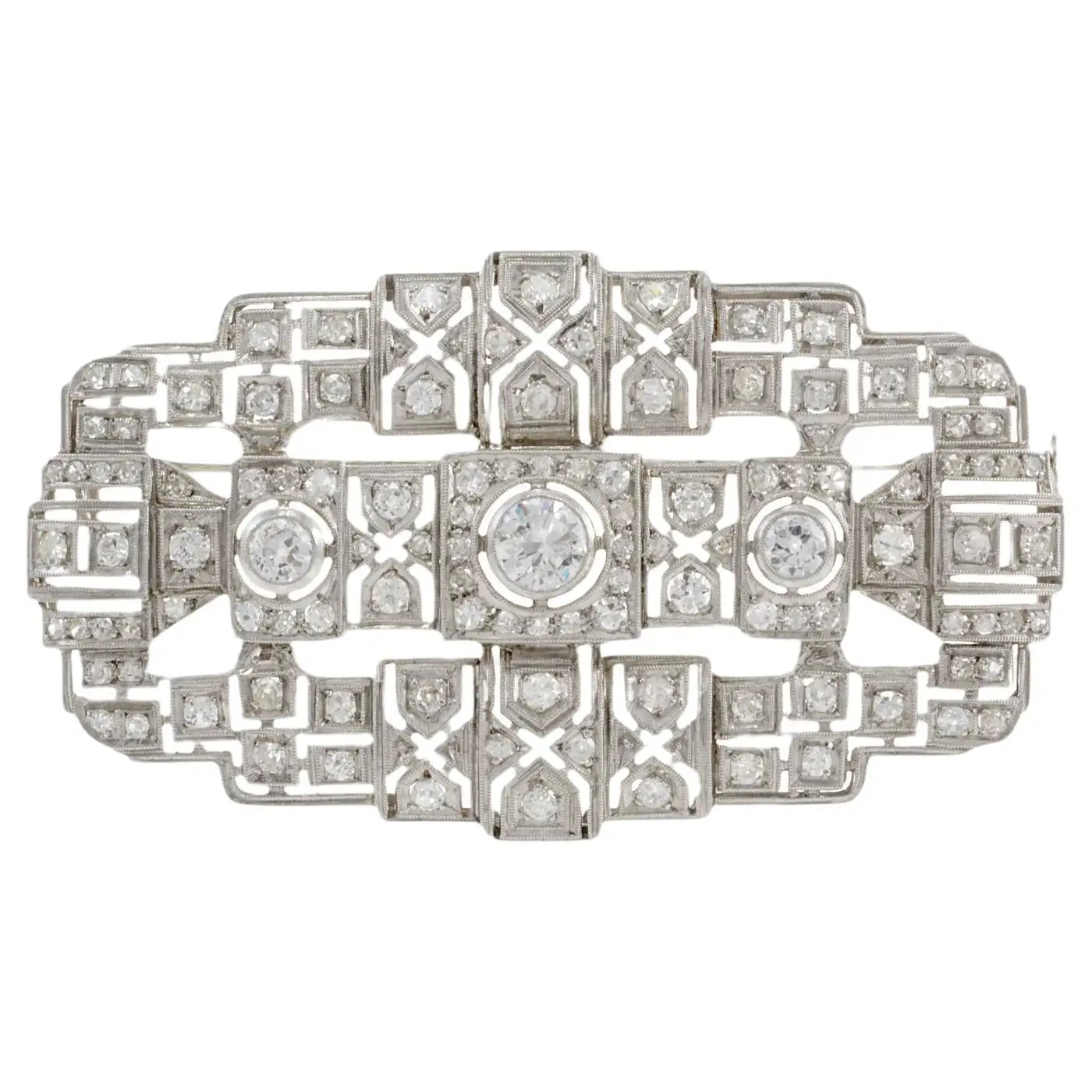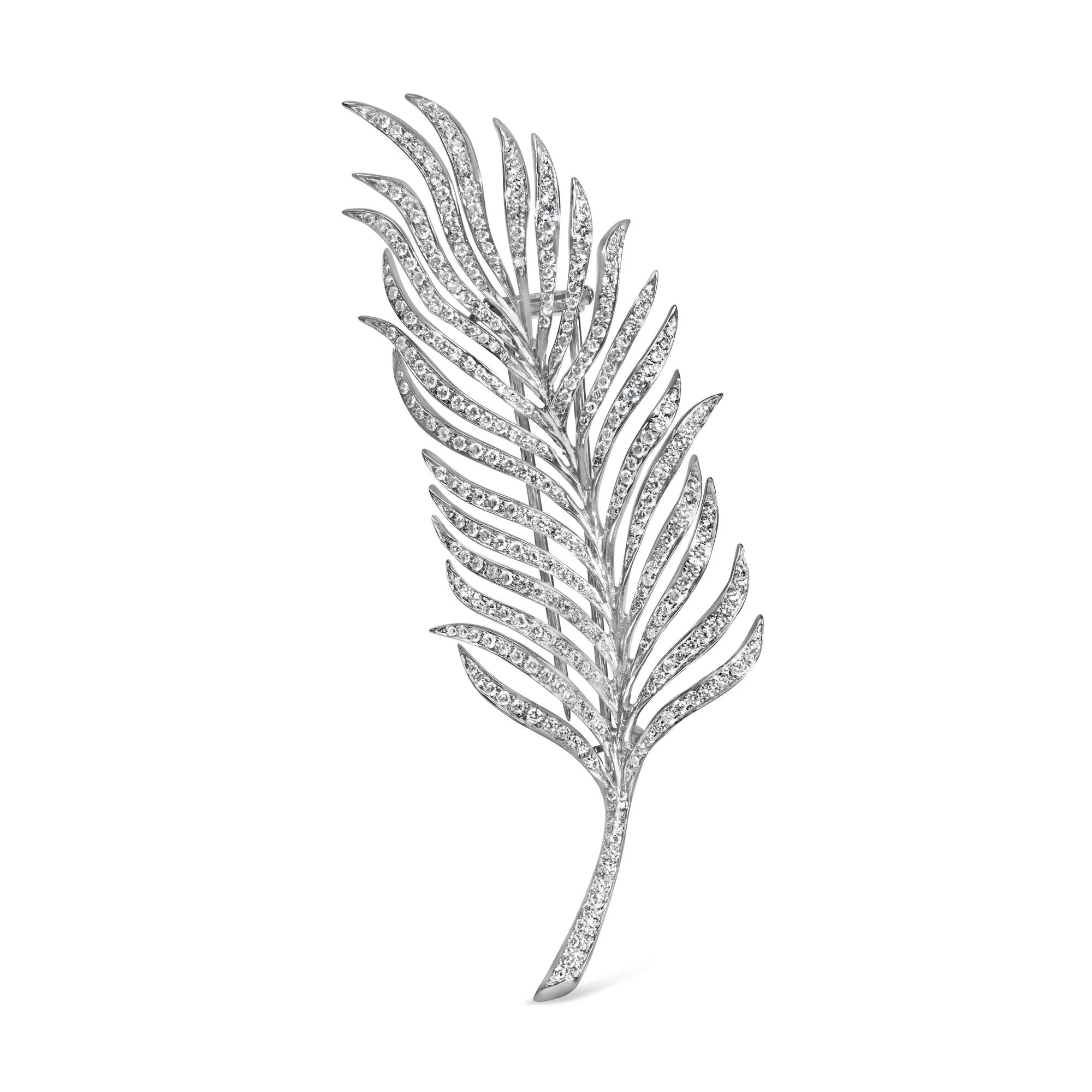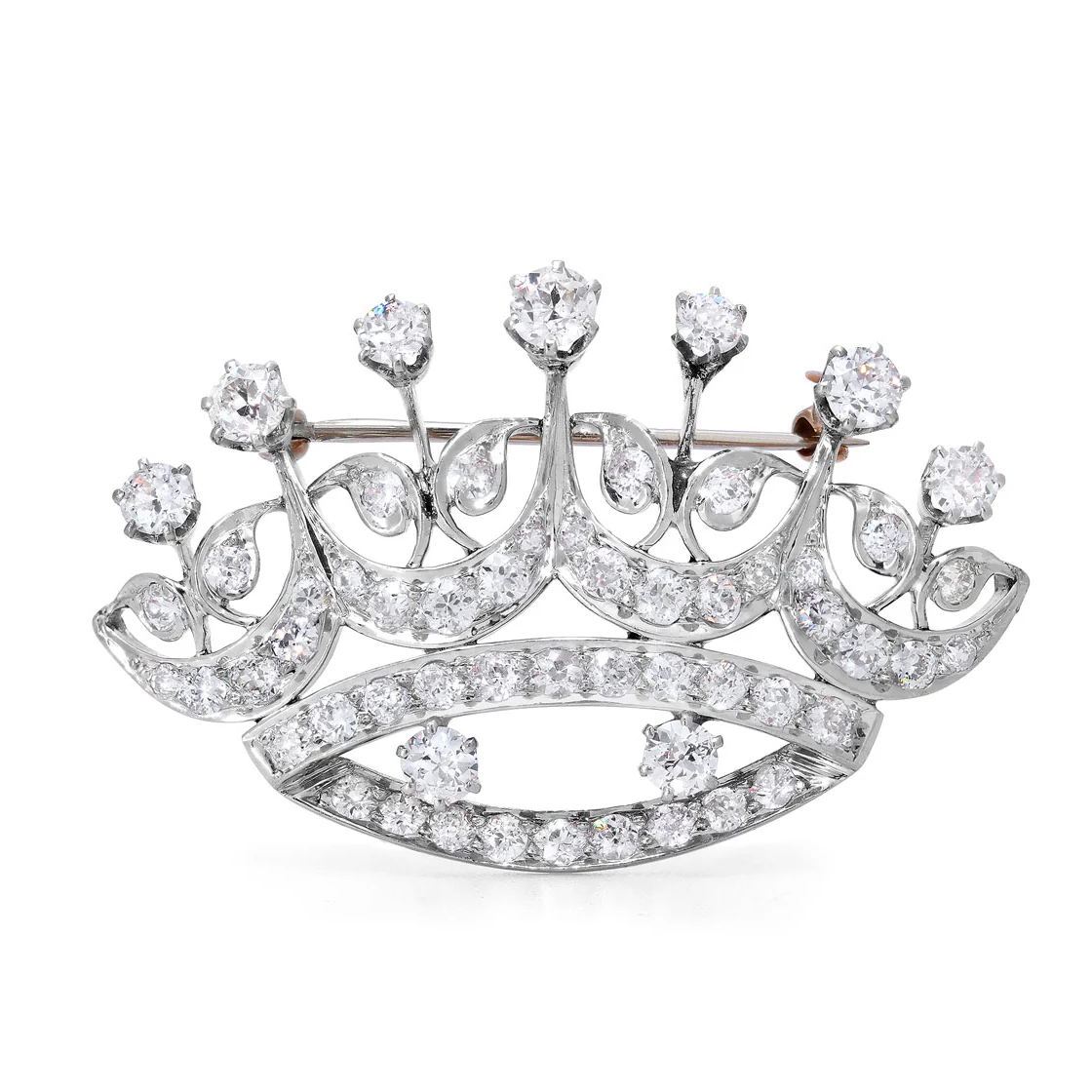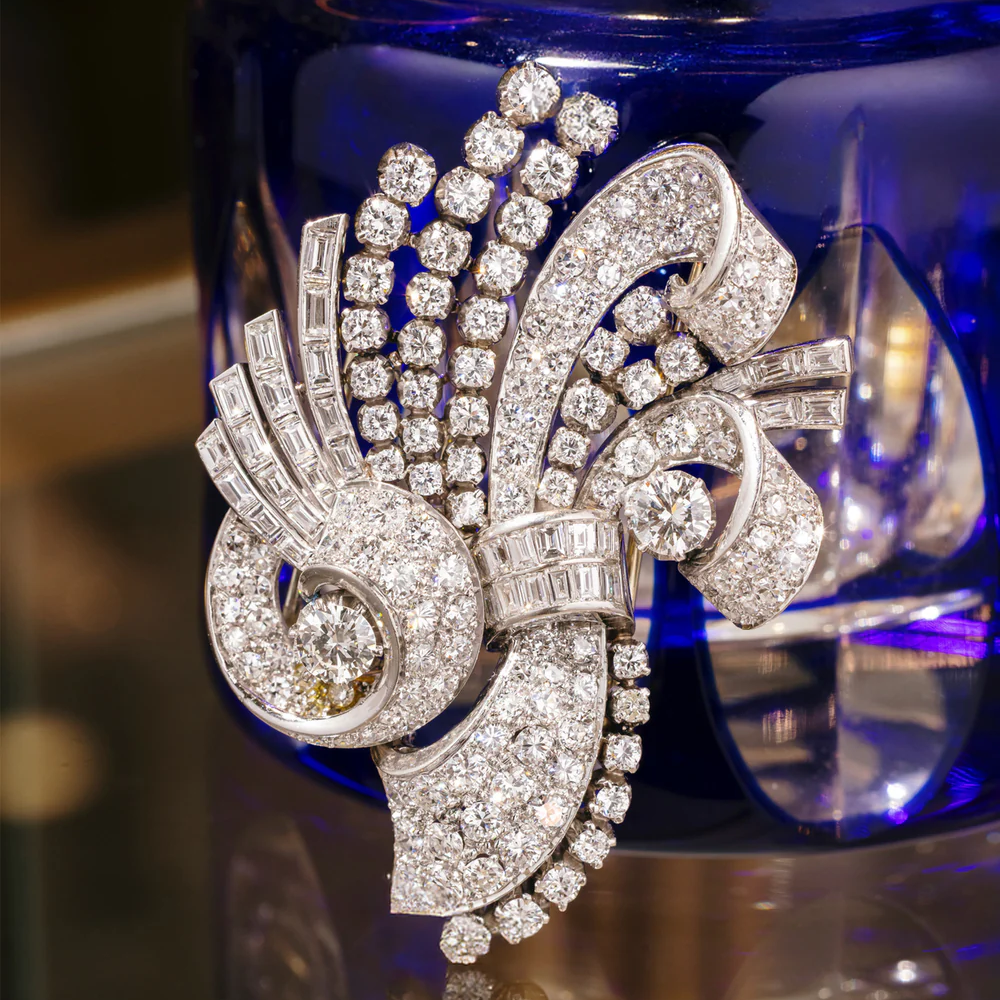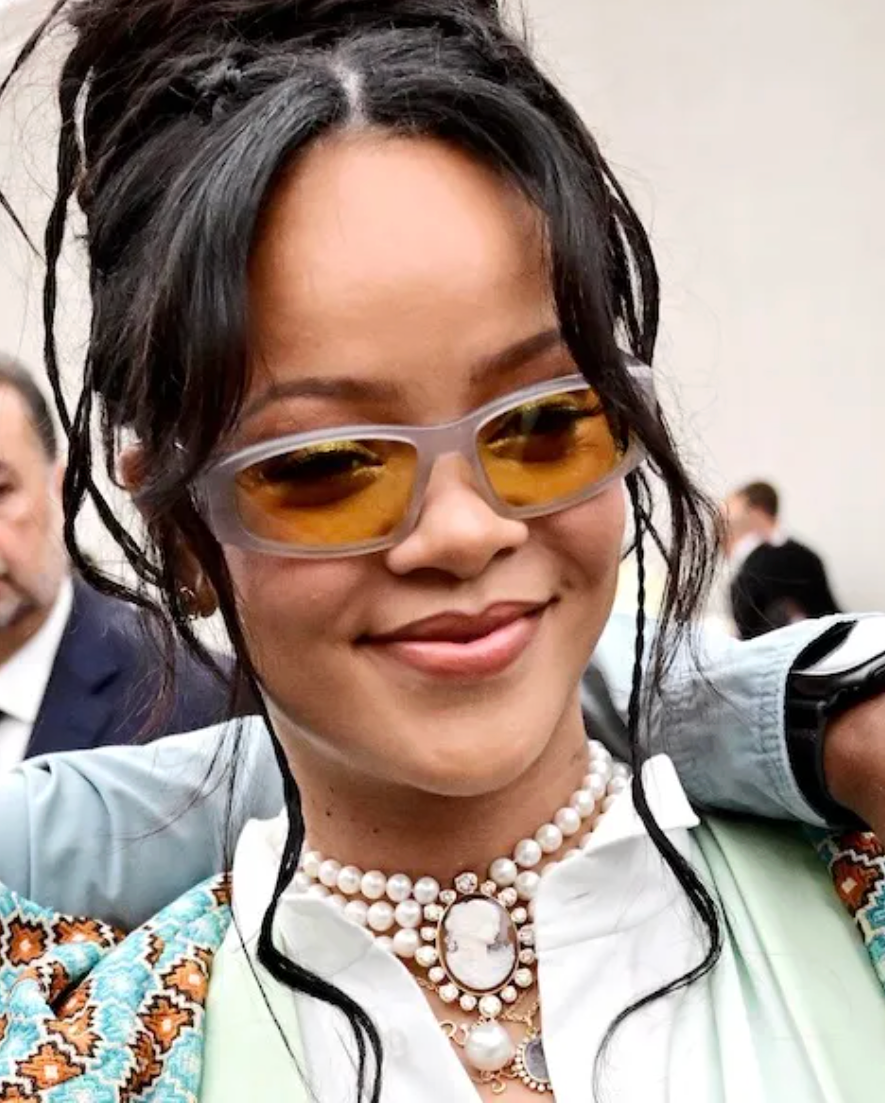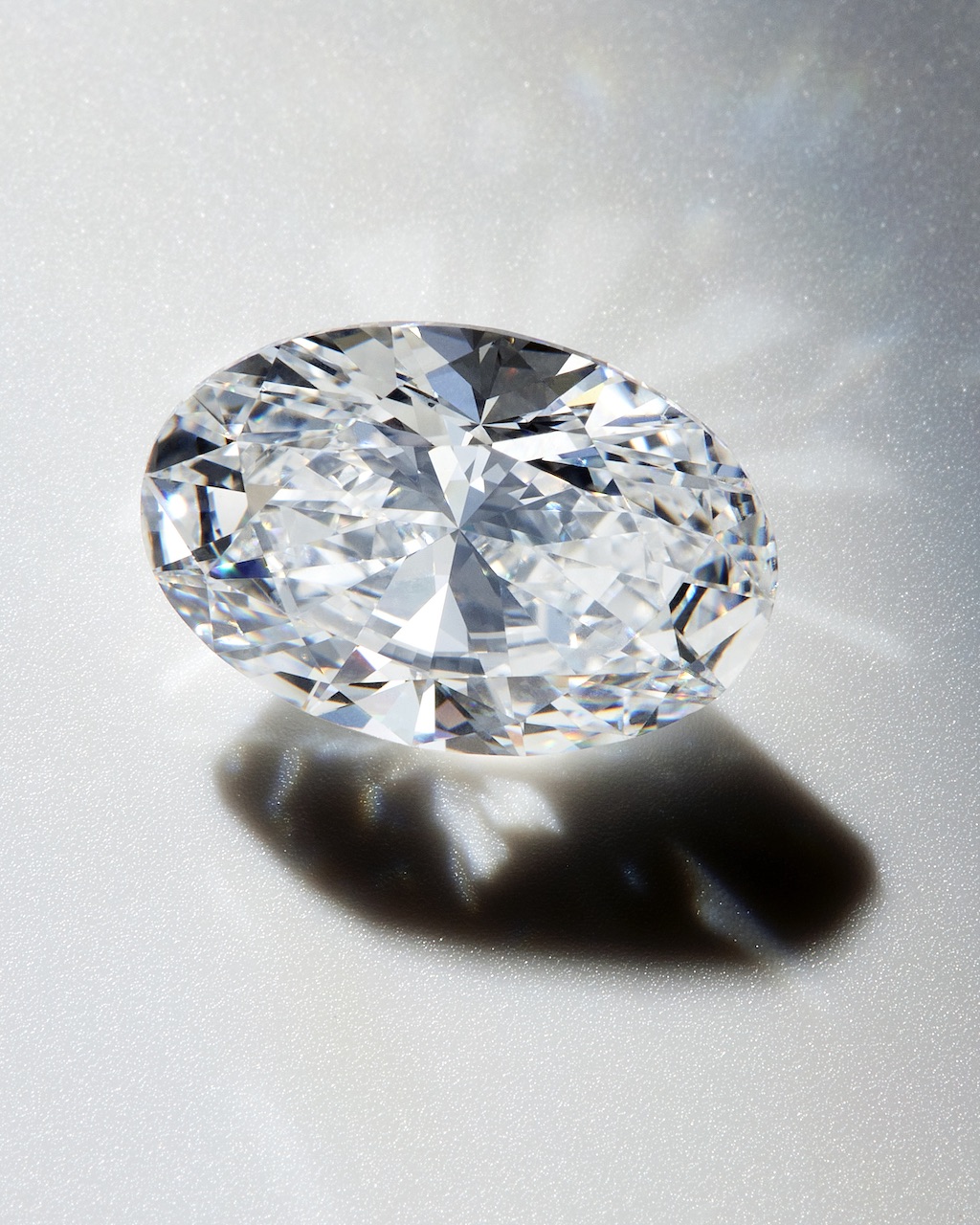< Culture & Style / Jewelry Trends
Pin It! The Lasting Legacy of Diamond Brooches
Take a look at the enduring charm of diamond brooches—ornate pieces that have symbolized status, sentiment, and style throughout history. Explore their evolution from royal adornments to modern fashion statements.
Published: November 6, 2025
Written by: Meredith Lepore
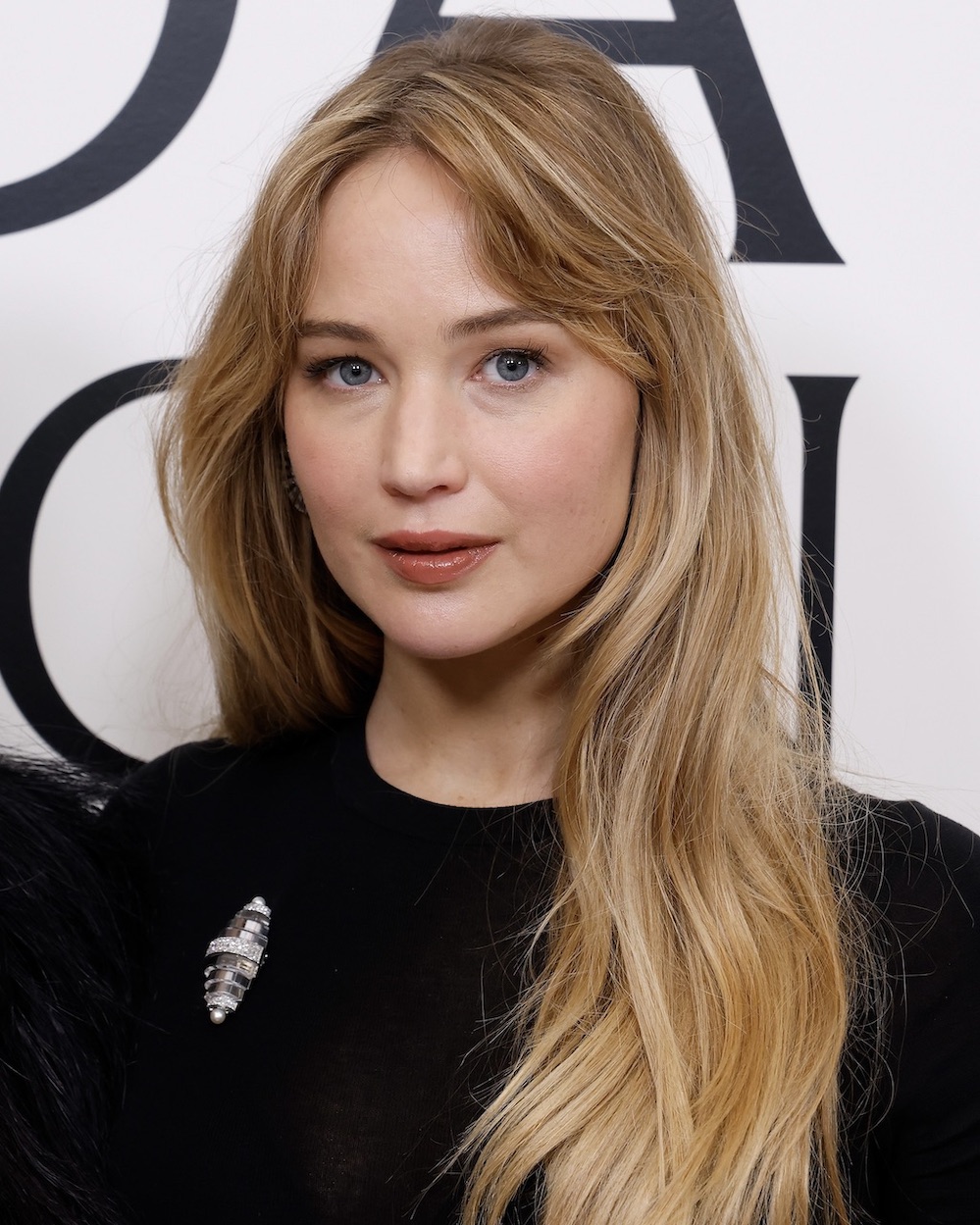
The 2025 CFDA Fashion Awards—one of fashion’s biggest nights—took place this week, and while there was no shortage of standout ensembles, one accessory stole the spotlight: the brooch. The rarely-seen founders of The Row and winners of the American Accessory Designer of the Year award, Mary-Kate and Ashley Olsen showed up in matching tailored black coats from their label, with Ashley elevating hers by pinning a 1928 Cartier jadeite-and-diamond brooch to the lapel.
Anna Wintour, the former editor of Vogue, wore three diamond-encrusted aquamarine statement brooches on the lapels of her white blazer. Jennifer Lawrence and A$AP Rocky were also all about the brooches. Lawrence wore a vintage Suzanne Belperron rock Crystal, pearl, and diamond brooch from Sotheby’s, and Rocky sported a vintage opal and diamond brooch from the 1940s.
Meet the Experts
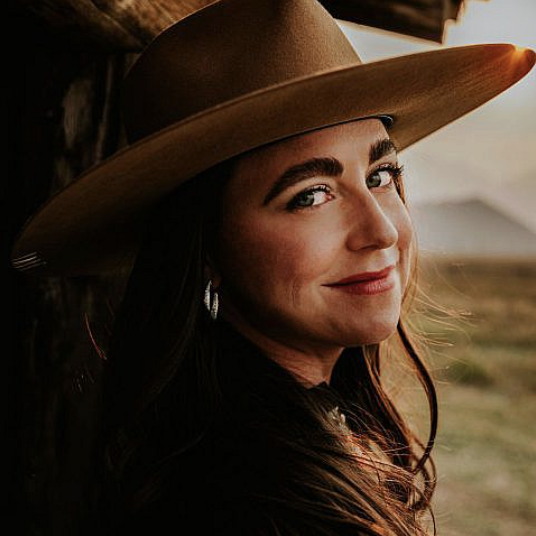
Marcilla Bailey is a GIA-certified gemologist who built her career helping couples choose flawless diamonds and engagement rings before launching her eponymous brand. Marci and her husband, Trey, also currently serve as third-generation owners of Bailey’s Fine Jewelry.

Monil Kothari is a GIA-trained, third-generation jeweler. As CEO and founder of Haus of Brilliance, he combines traditional expertise with a modern approach to fine jewelry.
Clearly, diamond brooches are trending, but they really never go out of style because they are such a unique and versatile accessory. Ahead, we explore the evolution of diamond brooches and why they continue to sparkle in modern collections.
A History of Diamond Brooches: From Utility to Ornament
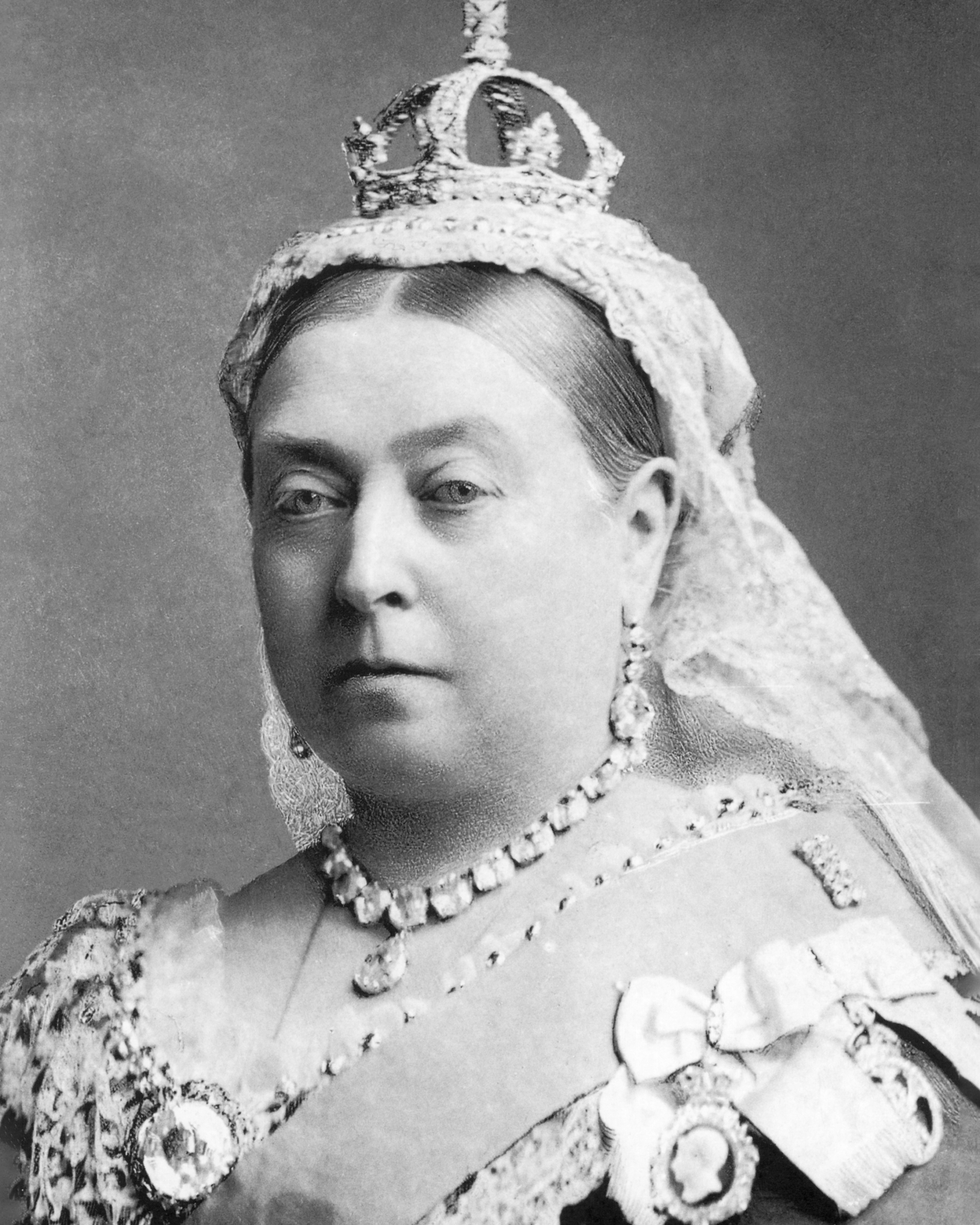
The earliest traces of brooches appeared in 1500 BCE during the Bronze Age. Brooches were mainly for functional use at this time and served as clasps to secure garments. (The Vikings, for instance, loved a brooch.) At this time, brooches were just starting to feature precious gems and decorative designs.
During the Medieval and Renaissance periods, brooches became emblems of status and devotion. Nobility wore them set with pearls and colored stones, engraved with heraldic symbols or religious imagery. They were often exchanged as tokens of love or loyalty, pinned to elaborate fabrics and courtly attire.
By the 18th and 19th centuries, brooches had taken on even deeper meaning. In the Georgian era, miniature portraits and sentimental motifs flourished, while under Queen Victoria’s influence, mourning jewelry reached its peak. Jet, onyx, and enamel brooches adorned with locks of hair or sepia-toned scenes served as poignant reminders of lost loved ones.
Diamond Brooches as Royal Power Symbols

Across Europe, brooches were more than just jewelry; they were emblems of power amongst the monarchical set. From the diamond bow brooches—like the $1.7 million one recently stolen from The Louvre and worn by Empress Eugénie—passed down through the French and British royal families to Empress Josephine’s emerald and diamond brooch (a gift from Napoleon, which will be up for auction soon), these jewels were worn at state occasions as much for message as for style.
In fact, a circular diamond brooch once owned by Napoleon himself is now scheduled to headline the Sotheby’s Royal & Noble Jewels sale, estimated at $150,000–$250,000. The piece, created around 1810, features a 13.04-carat oval diamond at its heart, surrounded by nearly one hundred old-mine-cut diamonds. Its provenance, seized by Prussian forces after the Battle of Waterloo and held in the House of Hohenzollern for generations, makes it a fragment of European history.
Throughout history, brooches have been far more than mere fasteners or accessories—they’ve served as powerful symbols of status, memory, and literal badges of identity. “Royals, military leaders, cultural icons — men and women — have worn brooches throughout history. Brooches are something you wear front and center and can almost never be missed, which is perfect for status signaling,” Monil Kothari, CEO and founder of Haus of Brilliance, said.
Aigrette Brooches, En Tremblant, Cameos, and Grand Tour Brooches
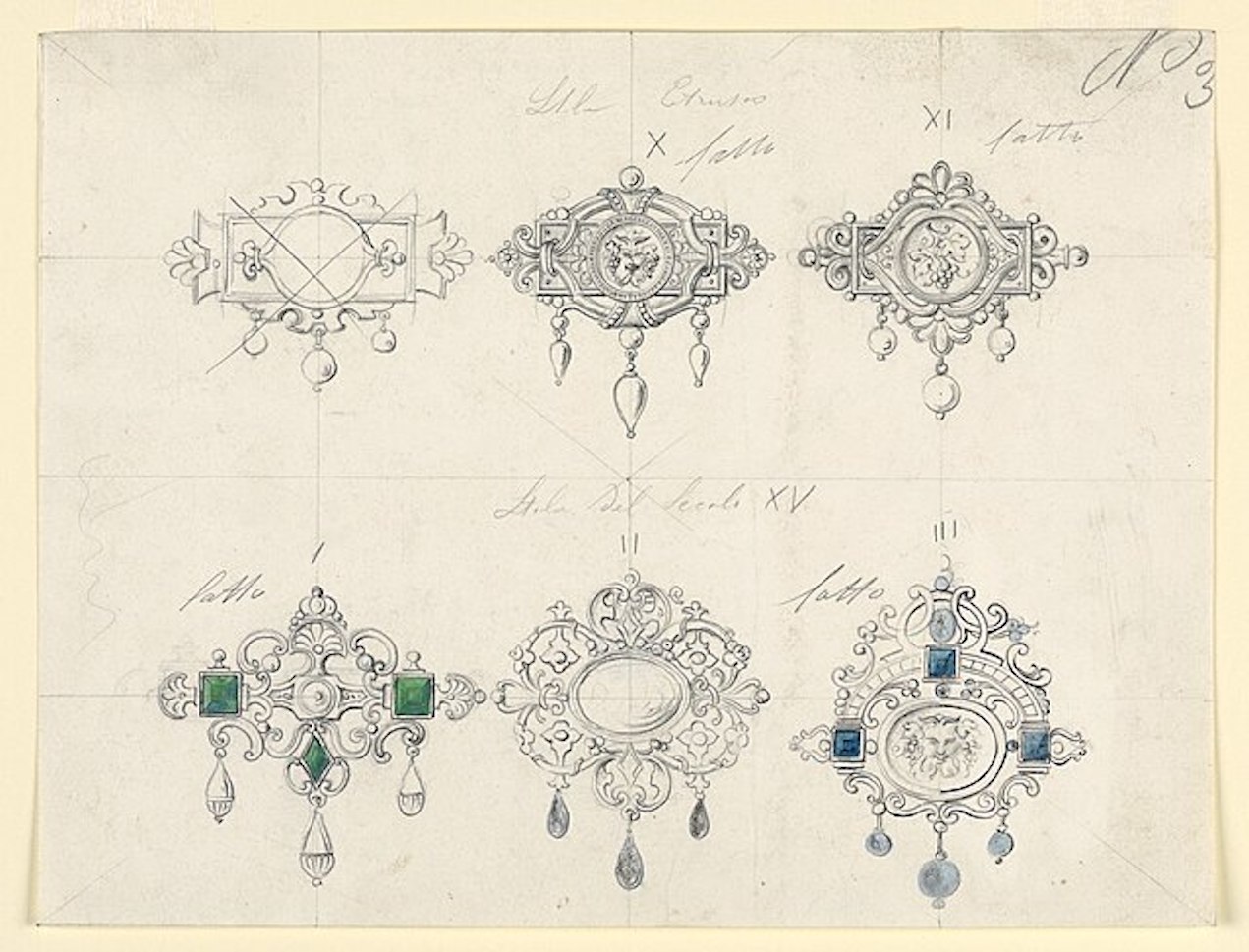
As time went on, brooches became more about making a statement with jewelry than mourning a loved one. We saw the rise of Aigrette brooches; shaped like delicate feathers and often adorned with flat-cut garnets or diamonds set in silver or silver-topped gold, aigrette brooches were the ultimate fashion accessory in the 17th and 18th centuries. As they made stylish comebacks in the 19th and 20th centuries, they were typically worn in the hair and sometimes attached to a tiara.
The “en tremblant” brooch was popular as well. “En tremblant” means “to tremble” in French, as this type of brooch’s tiny spring-like wires allow the diamonds to quiver, creating a gorgeous glow by candlelight.
Grand Tour brooches, which were, in many ways, the Instagram carousel version of brooches, depicted the European “Grand Tour” vacations of the upper classes in the second half of the 19th century. (These brooches captured FOMO before FOMO was conceptualized.)
These exquisite brooches were crafted in two distinct mosaic styles: pietra dura and glass tesserae. Pietra dura (Italian for “hard stone”) involved precisely cutting semi-precious stones—such as lapis lazuli, malachite, or agate—and setting them against a black background to form intricate scenes. The glass tesserae technique, meanwhile, used countless slender glass rods arranged with painstaking precision to depict delicate landscapes, birds, and floral motifs in mesmerizing miniature detail.

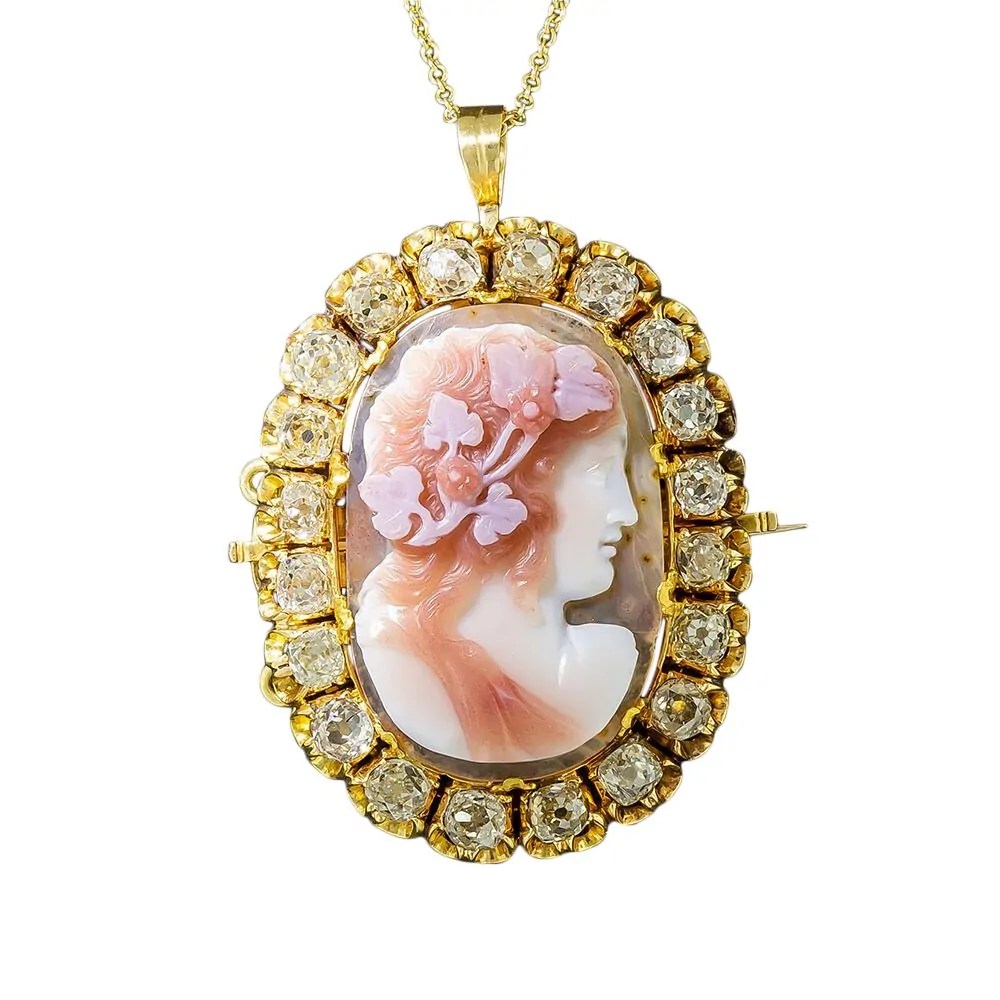
As travelers returned home from their continental journeys, another art form flourished alongside these souvenirs: the cameo. Cameo brooches or primitive versions of them date all the way back to Ancient Egypt, but they hit their heyday during the Renaissance and remained popular through the 19th century. Usually made of agate, onyx, shell, coral or sardonyx, their layers created multi-dimensional artwork featuring portraits, landscapes and mythological legends.
“When I think about storytelling through brooches, especially diamond ones, I immediately think of some incredible mid-century designs. There were a lot of florals, a lot of animals, even intaglios set in diamond bezels. Because brooches tend to be larger than most other jewelry pieces, for example, bigger than a ring or earring, they give you more space to show personality and to tell a story,” Marcilla Bailey, founder of Los Angeles jewelry brand Marcilla Bailey.
How Queen Elizabeth II Put Diamond Brooches on the Map

A new century ushered in new jewelry designs. The Art Deco aesthetic, prominent in architecture and décor, made its way into diamond jewelry design. These were more whimsical than the brooches of the 19th century and featured sinuous lines, intricate motifs derived from nature, and enamel, pearl, or gemstone accents.
Brooches truly reached their pinnacle with Queen Elizabeth II, whose collection remains one of the most extraordinary assemblages of natural diamonds in history. Over her seven-decade reign, the Queen amassed an unparalleled trove of jewels—glittering with diamonds, rubies, pearls, and sapphires—but it was her brooches, nearly one hundred in number, that she wore most often and held a special place in her heart.
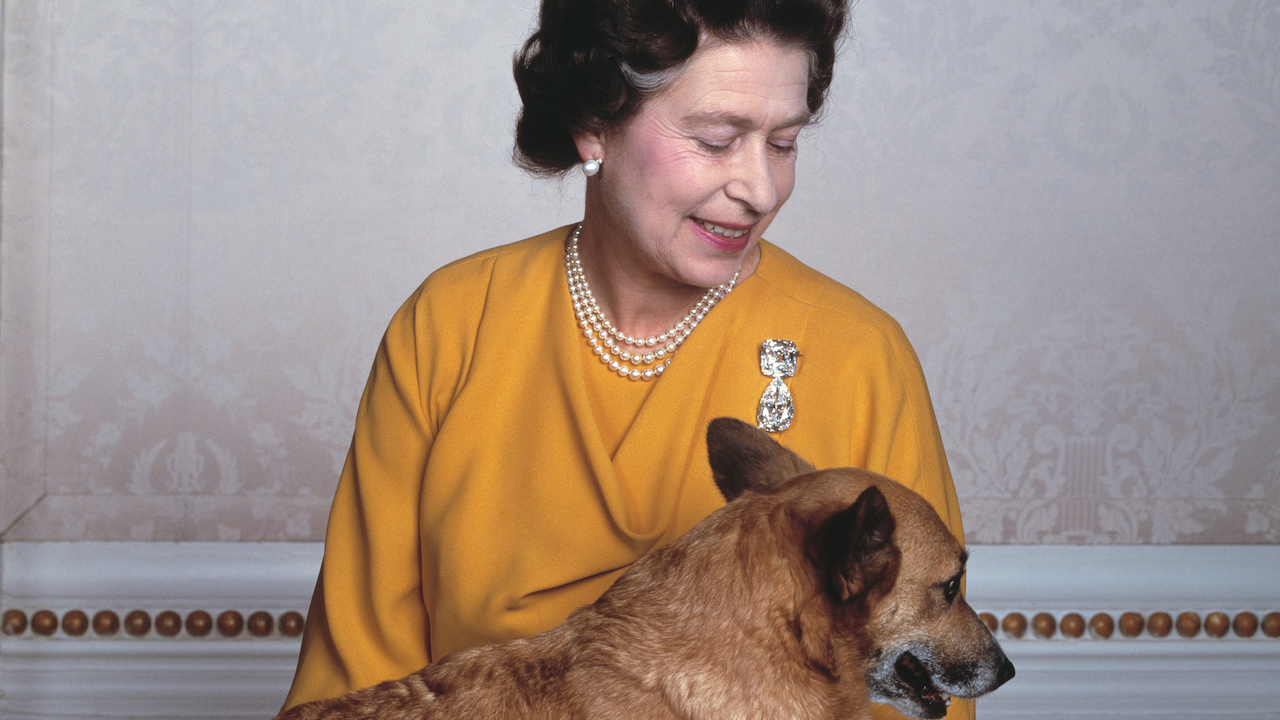
She considered brooches an underrated accessory, yet she brought them unparalleled prestige, wearing them at some of the most pivotal moments of her life. Records show she began wearing brooches as early as age 15, often gifts from her parents, such as the Aquamarine Clip Brooches she received for her 18th birthday.
Among her most exquisite pieces were the gold, ruby, and diamond Scarab Brooch, the Prince Albert Brooch (first worn by Queen Victoria on her wedding day), the New Zealand Silver Fern Brooch, and the legendary Granny’s Chips Brooch, featuring two of the largest cut diamonds from the Cullinan Diamond. Each held deep personal and historical meaning, symbolizing her connection to the Crown and the natural diamonds that defined its legacy.
From Mid-Century Icons to Modern Muses

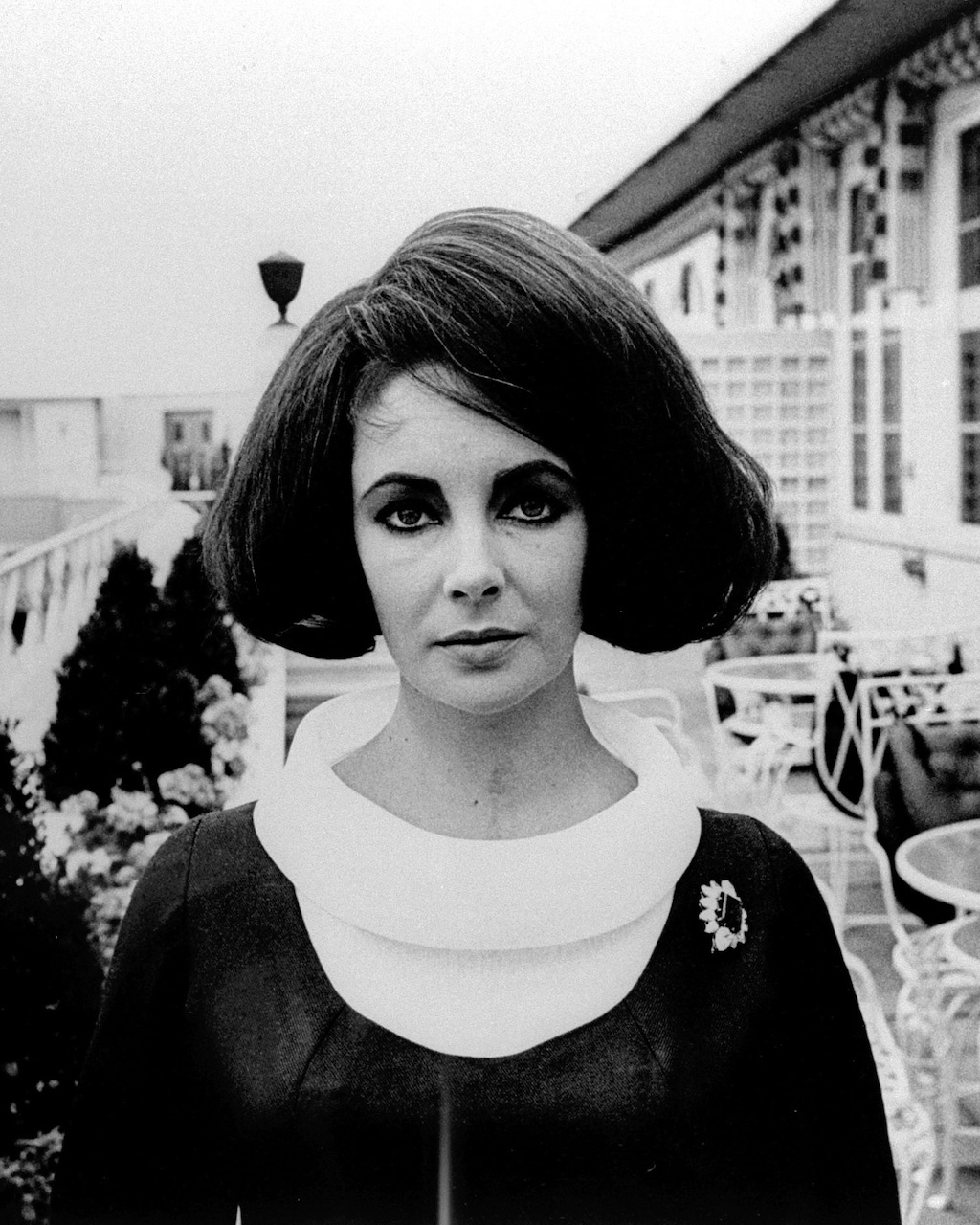
Other style icons of the mid-20th century, including Elizabeth Taylor and First Lady Jacqueline Kennedy, also helped bring brooches back into fashion. Taylor often transformed hers into necklace pendants, while Kennedy’s beloved nineteenth-century natural diamond Starburst Brooch by Wartski became one of her signatures, frequently worn in her hair for a touch of modern glamour.
“Brooches aren’t constrained the way other jewelry is. Earrings have to be wearable. Rings are limited by finger size. A brooch basically has no structural limit, so it becomes a canvas for creativity. They’re almost like miniature sculptures,” Kothari said.
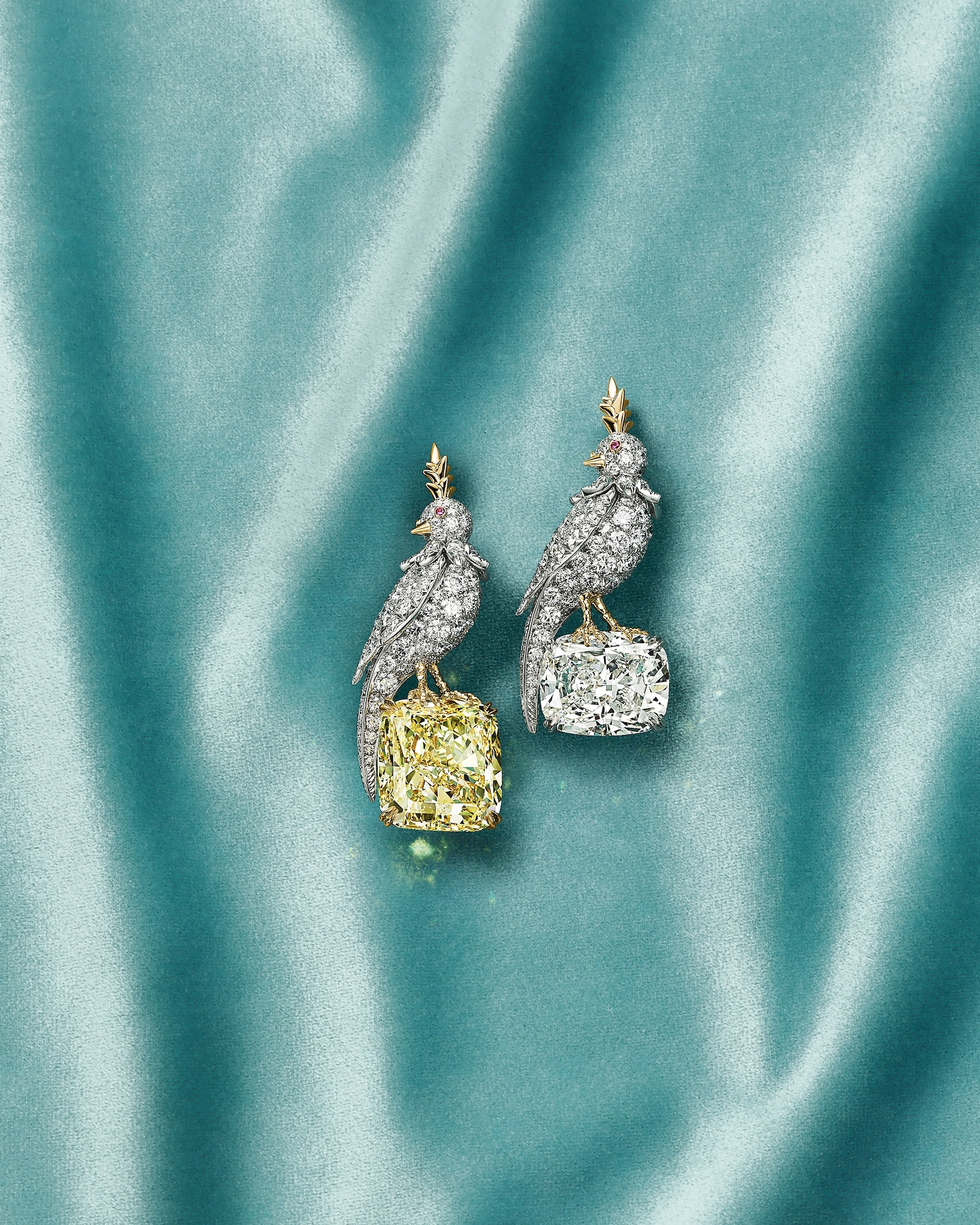

Another defining design moment for brooches came in 1965, when Tiffany & Co. designer Jean Schlumberger unveiled the now-iconic Bird on a Rock brooch. Perched playfully atop a magnificent gemstone, the whimsical bird quickly became one of Tiffany’s most celebrated creations. Decades later, it remains a red-carpet favorite; Amanda Seyfried recently wore one to promote her film The Testament of Ann Lee, proving that a great brooch never goes out of style.
The appearance of brooches today in 2025 ties into the larger vintage and archival fashion movement happening across the board, Kothari noted. “People are mixing eras, shopping resale, and looking for pieces with personality and history. And brooches stand out,” he said. “Everyone has seen diamond studs. Not many people see brooches on a daily basis, so the moment someone wears one, it feels expressive and intentional.”
Some of the World’s Most Iconic Diamond Brooches
Royalty, legendary movie stars, and famous historic socialites like Brooke Astor have worn some of the world’s most iconic diamond brooches. From the famed Cullinan III and IV brooch worn by Queen Elizabeth II—set with two of the largest diamonds ever cut—to the Prince of Wales diamond brooch, these pieces not only showcase exceptional craftsmanship but also reflect the personalities of those who wore them.
Cullinan III and Cullinan IV or “Granny’s Chips”


Queen Mary, Queen Elizabeth’s grandmother, had a penchant for big diamonds. So when she gained access to stones cut from the Cullinan—the largest gem-quality rough diamond ever discovered—she didn’t hold back. The result was the magnificent Cullinan Brooch, featuring the Cullinan III and IV diamonds, together weighing over 150 carats, a dazzling testament to her love of extraordinary jewels.
The original Cullinan diamond was cut into nine major stones, numbered I through IX. The largest—the 530.20-carat Cullinan I, known as the Great Star of Africa—and the 317.40-carat Cullinan II are part of the British Crown Jewels, set respectively in the Royal Sceptre and the Imperial State Crown. The Cullinan III and Cullinan IV, weighing 94.4 and 63.6 carats, were dubbed the Lesser Stars of Africa—though they were anything but “lesser” to Queen Mary, the future Queen Consort, when she received them as a gift from South Africa in the early 20th century.
She frequently wore the two diamonds clipped together as a brooch, a piece she affectionately nicknamed “Granny’s Chips.” Hardly modest “chips,” the combined stones total over 150 carats and are estimated to be worth more than £50 million ($61.4 million).
Empress Eugénie’s Large Bodice Bow Diamond Brooch
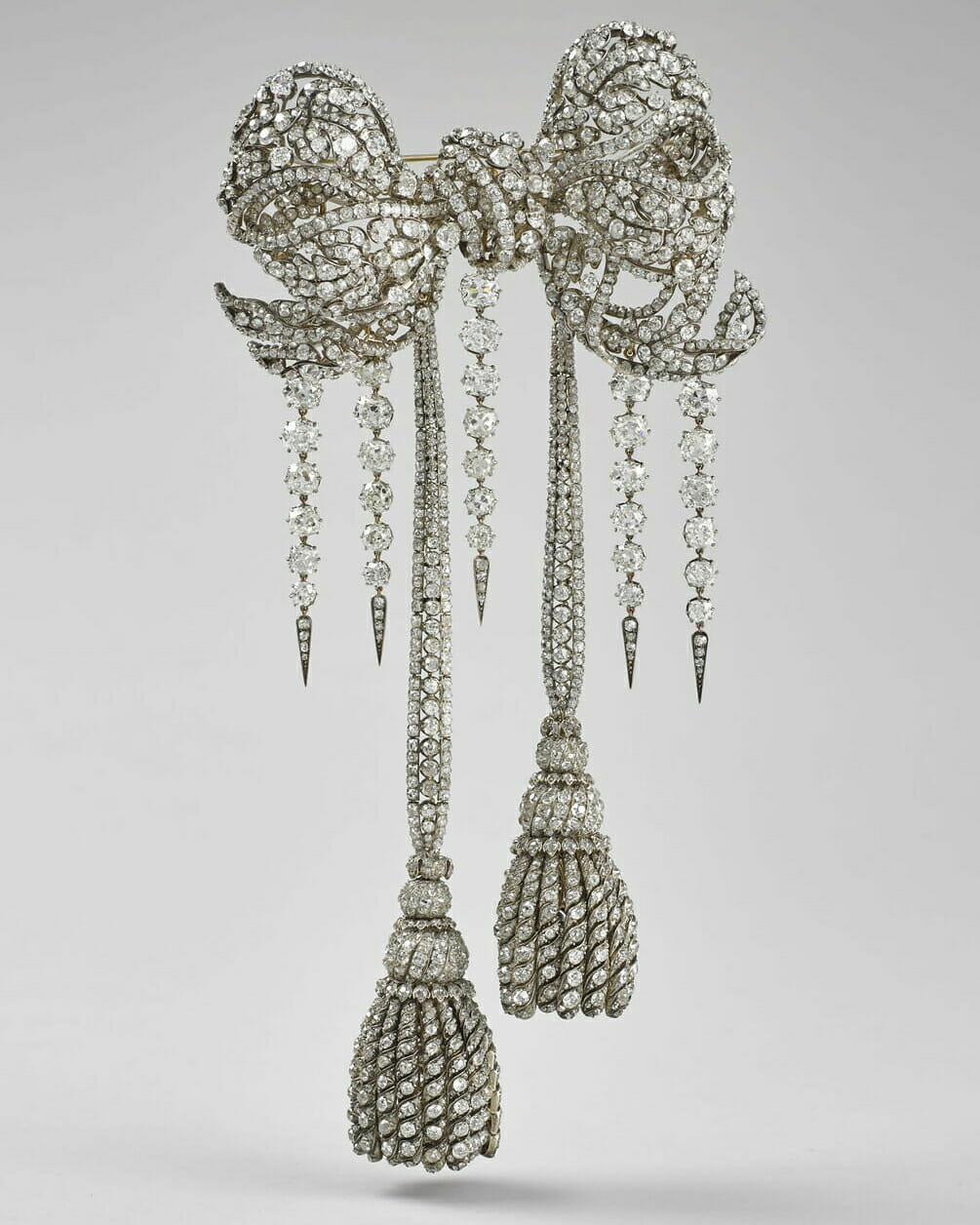
Empress Eugénie, Napoleon III’s consort, had a flair for spectacular jewels, and none was more theatrical than her grand diamond bow brooch. Crafted by François Kramer in 1855 for the Paris Exposition Universelle, the piece was originally the centerpiece of a diamond belt, later reimagined as an enormous bodice ornament set with nearly 2,000 diamonds. Worn by the empress on multiple state occasions, the bow embodied Second Empire glamour—extravagant scale, technical bravura, and a silvery, incandescent brilliance that made it a showpiece of the French Crown Diamonds. For over a century, it stood as a star of the Louvre’s Galerie d’Apollon, a tangible link to the splendor of Eugénie’s court.
In October 2025, that same bow brooch was among the Napoleonic jewels stolen from the Louvre. French authorities and international agencies have classified the loss as a cultural tragedy of “inestimable” value, underscoring how rare—and irreplaceable—such historic natural diamonds are.
The Prince of Wales Plume Brooch
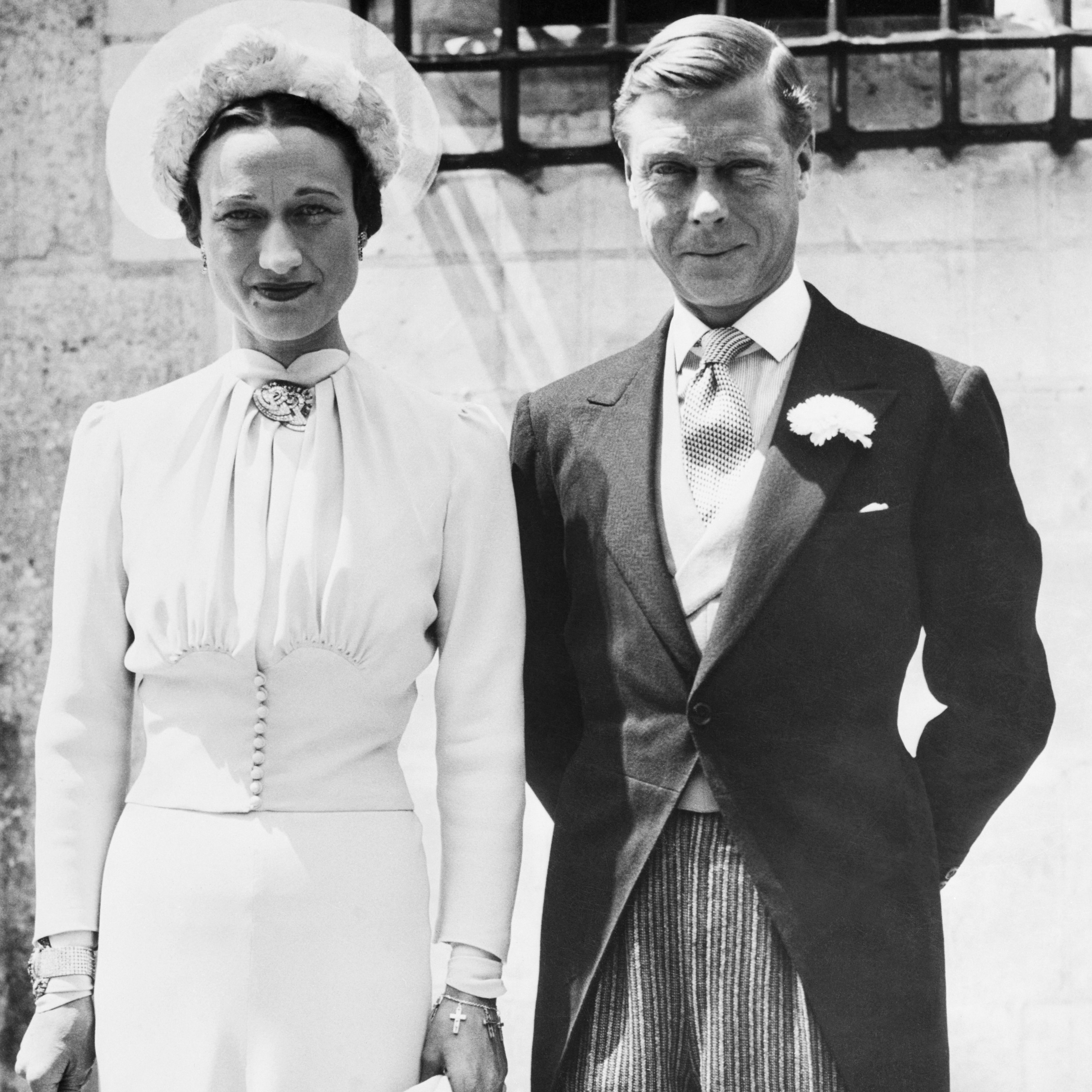

This is a story of true love with a Hollywood ending. When Edward VIII was set to ascend the British throne in 1936, he was forbidden to marry his true love, the twice-divorced socialite Wallis Simpson. Rather than abandon her, he chose love over duty and abdicated the throne to be with her. To commemorate their devotion, he designed a diamond brooch in the shape of a feather plume. The piece was exquisite, so much so that when it later went to auction, Elizabeth Taylor (a close friend of Simpson’s and the undisputed Queen of Diamonds) purchased it for half a million dollars.
Diamond Brooches in the 21st Century and Beyond


Diamond brooches have enjoyed cyclical periods of popularity, but true lovers of natural diamond jewelry know that a beautifully designed brooch will always make a profound statement. Their resurgence in 2025 reflects the broader vintage and archival fashion movement sweeping the industry, Kothari noted. “People are mixing eras, shopping resale, and looking for pieces with personality and history. And brooches stand out. Everyone has seen diamond studs. Not many people see brooches on a daily basis, so the moment someone wears one, it feels expressive and intentional.”
Diamond brooches appeal to modern women and men because they are so versatile. Rihanna has long had a love affair with dazzling natural diamonds—and she often showcases that affection in the form of a brooch, which has become one of her signature accessories. Equally unforgettable was Zendaya, who turned heads at the 2025 Met Gala in a cream Louis Vuitton zoot suit accented by a Bulgari Serpenti natural diamond snake brooch, artfully fastened at the back. We have no doubt her longtime stylist, Law Roach, had something to do with that.
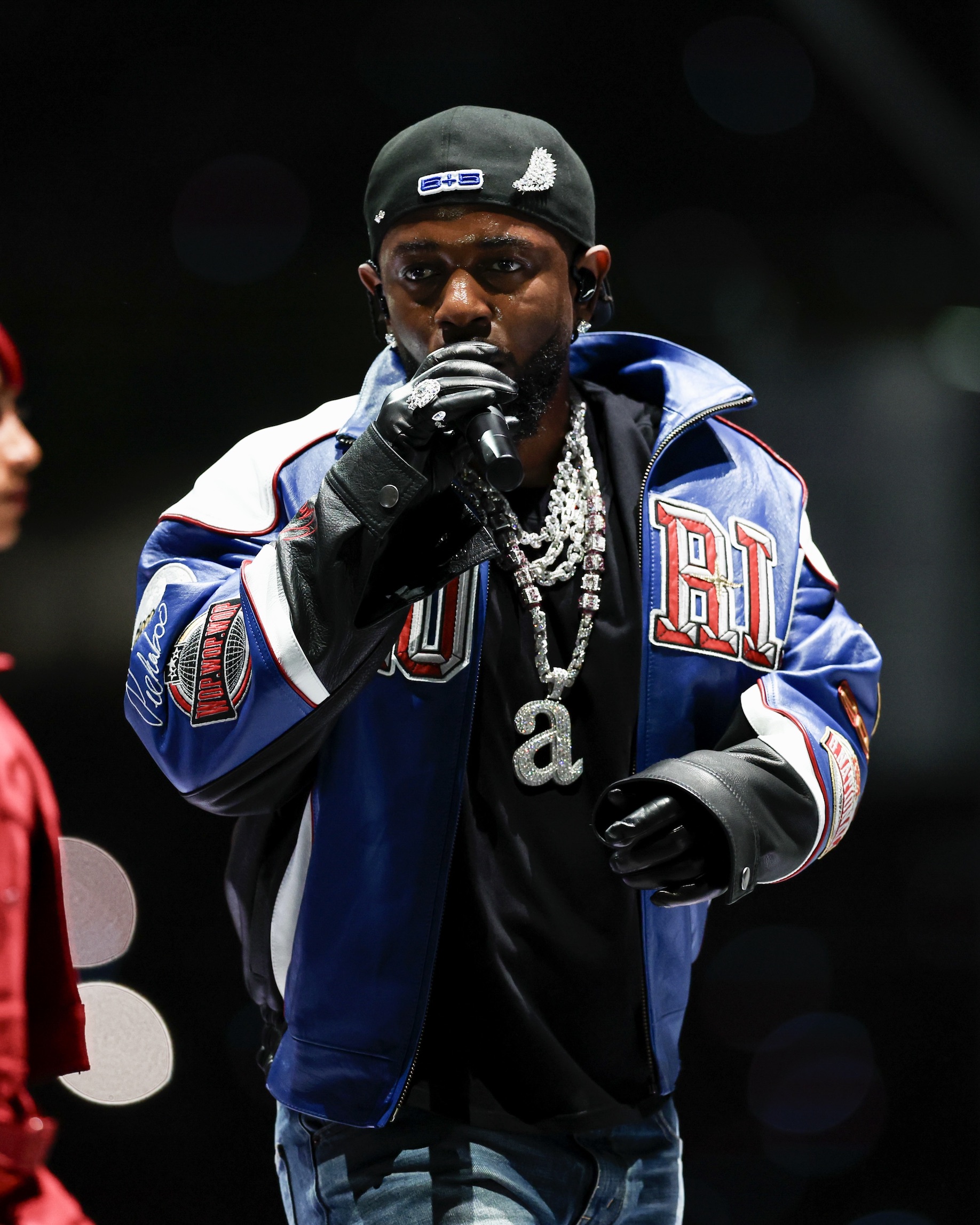

Kothari also notes that one of the big modern cultural moments of 2025 was when Kendrick Lamar wore a diamond brooch on his hat during the Super Bowl Halftime Show, as well as musician Jon Batiste, who also performed. Batiste actually wore two Bird on a Rock brooches. “One celebrity wearing a brooch is a big deal, but two in the same show really sent a message that brooches were back. That was a major turning point in the cultural imagination. It reminded people that brooches can be bold, sculptural, and current.”
Why Diamond Brooches Never Go Out of Style
The 2025 CFDA Fashion Awards reminded us that brooches never go out of style; they’ve always been the quiet power players of fine jewelry. “I think stylists have obviously been incorporating brooches, especially on their male clients, and I’m loving how we are seeing them on lapels everywhere,” says Bailey. She notes that these red carpet moments are gaining traction on social media, which is giving people a renewed interest in the diamond brooch. “People are maybe thinking about ways that they can incorporate them into their daily wear, and I love that,” she said.
Shop Diamond Brooches
Get inspired by natural diamond brooches—both vintage and current—from some of our favorite designers.


